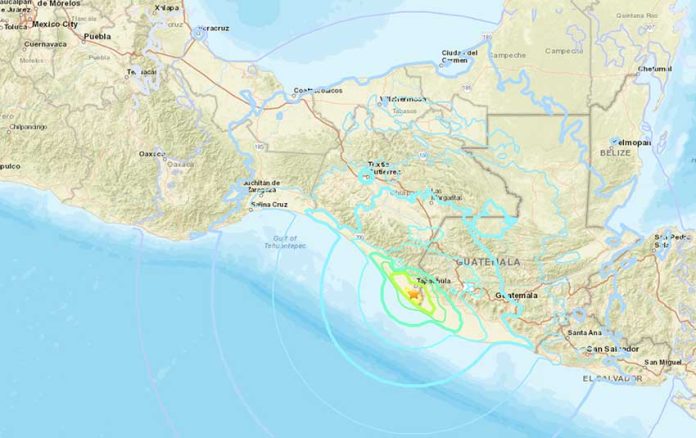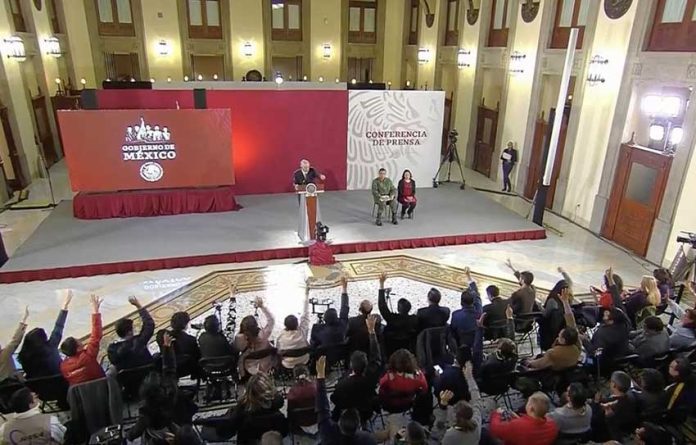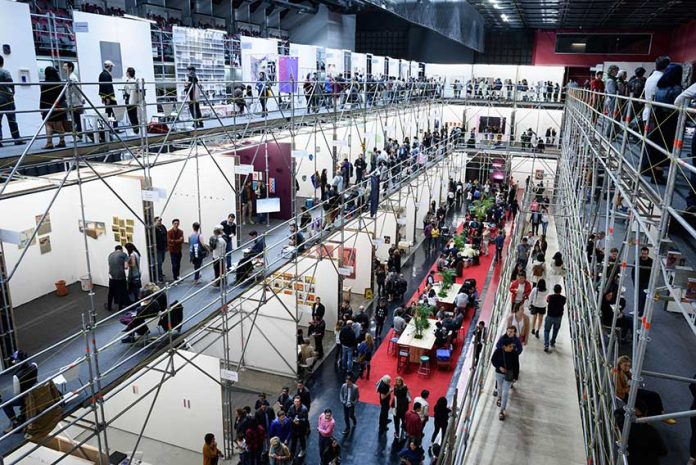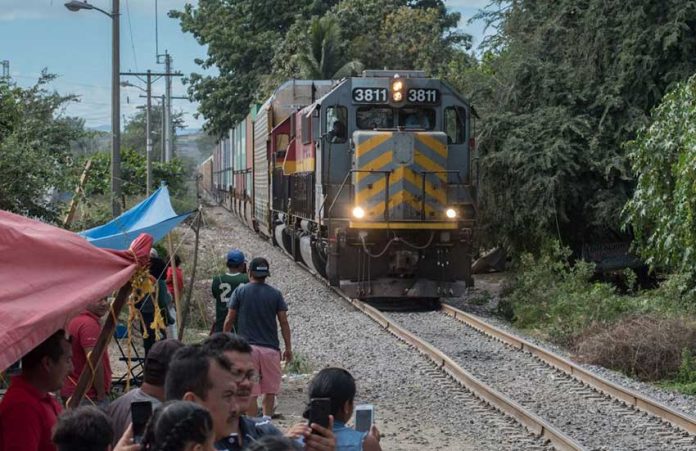Those who have followed my column over the past years will have come to know I am a sucker for funky Mexican cantinas. Not bars, not trendy Mexico City eateries that call themselves a cantina, but the real thing. I am referring to the cantinas which are patronized by working-class Mexican men.
There is nothing sexist in my exclusion of women in this statement. The original laws which governed cantinas from the 1870s to 1984 prohibited women from entering a cantina. Even today, the only woman found in a cantina would be a barmaid, who may or may not have some business on the side.
I feel confident about my up-to-date information on this. Last year I was in a cantina where the barmaid said she was Norwegian. She told me she was a Fjord Escort.
Even with the repeal of the law barring women, it is still standard that no respectable Mexican woman would voluntarily enter a true cantina. As an adventurous expat, you may wish to share the cantina experience with your significant other, but I would not recommend it.
However, my loyal column readers are hardy explorers, people of substance who crave provocation. Indeed, I think of you all as fellow travelers in the greatest adventure of my (not lacking in earlier adventures) lifetime so far. So come with me on this also. I thought that some of the more intrepid among you might wish to explore the cantinas of your local area in Mexico and I could assist with some basic information to assimilate prior to your undertaking — call it Cantina Etiquette.
Knowing the proper code of behavior will greatly enhance your cantina experience as well as keep you relatively safe. Let’s start with entering the cantina and how to display suitable body language.
Since a true cantina has no visual link with the outside world, the access is typically through a small vestibule, some with ancient batwing doors, to your right or left of the vision barrier. So, unless you have been to the place before, you have no idea what awaits on the inside; this is all part of the escapade.
Rule 1. Never enter a cantina while showing any type of trepidation or hesitation. One needs to exude an unperturbed confidence, self-assurance without arrogance. Quickly, but not surreptitiously, scan the scene and locate a table to accommodate your group. A quick word of warning here: always attempt to find a table the farthest from the jukebox unless, of course you are either deaf or desire to become so.
Your pace to the table should be unhurried but direct while smiling and making friendly, not furtive, eye contact. Oh yeah, another word of warning here: there are different types of eye contact which need to be noted.
Rule 1.1. 99% of the time you will simply encounter patrons who are friendly and candidly curious; gringos are rather rare in these types of establishments. However, one needs to discern the difference between the look that embodies a casual inquisitiveness and the look which smolders with psychopathic rage.
Personally, I have never encountered any hostility while cantina hopping in Mexico, but my senior Canadian research assistant ran into a bit of trouble last spring. He had, however, disregarded Basic Rule 101 — Never, Ever Be In a Cantina After Nine On A Saturday Night. Being fleet of foot he managed to escape any bodily harm and is now following a strict regimen of safe cantina practices.
Rule 2. OK, now that you have successfully made it to the table, it is time to choose the type of beverage to be consumed. Obviously, beer is generally the liquid of choice and can come in several ways. The locals usually opt for the 32-ounce or 40-ounce bottle and plastic cups which is the most economical avenue to inebriation. Do not laugh out loud if the large bottle is called “family” size. Individual bottles are also available in either a six-ounce cuartito or the familiar 12-ounce variety.
Rule 2.1. When the barmaid comes to take your order, make sure no one in your party attempts to order a scotch, a bourbon, a sidecar, a manhattan or anything which would require ingredients other than tequila, or possibly vodka or water.
Rule 2.2. Do Not Expect A Bill Presented At The End In The Usual Way. When your drink order arrives, the waitress will transcribe the cost on a thin piece of stiff paper that will nest in the napkin holder. The cost of all the subsequent orders will be similarly noted, so that not even the drunkest of patrons can successfully argue about the final tally.
Rule 3. Be Prepared For a Vile Bathroom. After the consumption of a few beers, someone in your party may need to use the restroom; this can lead to some serious culture shock. In some of the early cantinas, there was a grated trough in the floor below the elbow space at the bar. This allowed the patrons to answer nature’s call while continuously swilling cerveza. The modern day cantinas have restrooms, or cubicles roughly resembling restrooms.
Rule 3.1. Take T.P. & A Few Paper Towels In Your Pocket. The men‘s room in a typical cantina consists of a single toilet without a seat, and a low trough long enough to accommodate eight to 10 people. Some of these urinals are constructed with full-sized bricks laid flat. This type of construction means there is about six inches of brick between you and the trough that transports the waste to god knows where.
Consequently, to achieve proper trajectory you need to press your legs against the face of the bricks and lean forward. However, many of the patrons before you have failed to make the distance, so full contact with the brick front is not advisable. And, of course, you can forget about finding any toilet paper or paper towels. If these facilities are ever cleaned it is done poorly and infrequently. Which reminds me of another word of wisdom: never select a table close to the restrooms; it might be a bit odoriferous.
Rule 4. Exercise Best “Firm Yet Fair” Cantina Diplomacy. You may be approached by customers who could be somewhat intoxicated; don’t worry. Most times these barflies are harmless. They are usually looking to bum a cigarette or possibly to strike up a friendship with someone likely to buy them a drink. At best, this type of encounter is an opportunity to practice your street Spanish, at worst you just have a happy drunk hovering about your table for a while. Either way, it is best practice to be kind but firm, employing your best cantina diplomacy.
Financial Overhead of the Adventure. The cost of any cantina adventure is quite reasonable with individual bottles of beer costing 17 pesos or less. Shots of tequila range from 45 pesos for the “good” stuff to 15 pesos for the firewater, which requires a substantial amount of salt and lime. Overall you can induce a moderate dose of alcohol poisoning for less than 150 pesos each; truly an economical outing.
So my advice, intrepid adventurers, is that you sally forth lion-hearted and unflinching, into the gritty side of life in Mexico and savor the cantina experience with a few friends, though never after, let’s say, 4:00pm on any day.
Quietly take some photos to show your North of the Border friends who already believe you take your life into your hands every day just by being here. They’ll be speechless at the photos of the restroom.
The writer describes himself as a very middle-aged man who lives full-time in Mazatlán with a captured tourist woman and the ghost of a half wild dog. He can be reached at [email protected].









